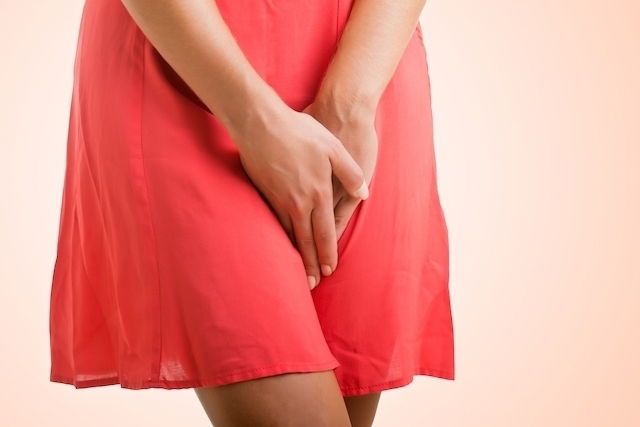A yeast infection is caused by excessive growth of Candida albicans fungus in the genital area. The best way to treat a yeast infection is with antifungal medication (pill or topical), which should be prescribed by a doctor.
There are some ways, however, that you can speed-up recovery and relieve symptoms until the infection resolves.
Although these tips are very effective in both treating and preventing an new infection, they should not substitute the treatment prescribed by a doctor. If you suspect you have an infection, you should consult your doctor for yeast infection treatment and use these tips as a complement to your medical treatment.

Tips for treating yeast infections
Check out ways you can treat your yeast infection or prevent future infections from emerging:
1. Do not use wet clothes
Candidiasis fungus is most likely to grow in wet and humid areas, which is why yeast infections are common in the genital area. After going to the beach, pool, sauna or even after a bath, it is important to dry off and wear dry clothing and underwear to prevent further multiplication of fungal cells.
2. Use clothing with organic fabrics
Using clothing with synthetic fabrics (like lycra, microfiber or elastane) can worsen genital irritation, as these fabrics are less breathable. They often trap sweat and can facilitate the growth of yeast cells.
Instead, you should opt for organic fabrics, like cotton, as well as clothes that are light and loose.
3. Maintain adequate hygiene
Maintaining adequate genital hygiene helps to regulate flora and natural bacteria in the area, which will help to prevent the growth of fungal cells. You should only use water an pH neutral soap, and be sure to gently wash the external areas only.
4. Sleep without underwear
Sleeping without underwear is great to prevent the worsening of a yeast infection. Underwear can often be tight and less breathable, making the genitals a likely breeding ground for Candida albicans.
5. Avoid using genital deodorants
Genital deodorants are often used to feel fresher and improve odors. However they can cause irritation and alter genital pH, which may lead to fungal cell growth. You should avoid using any genital deodorants, or just use them on the groin.
6. Avoid douching
Douching, which involves cleansing the inner vagina, is a relatively common practice, however it can increase the risk for or worsen a yeast infection. Douching can negatively impact the vaginal flora, causing an imbalance in the healthy fungus cells and bacteria that are naturally found in the vagina. The healthy balance is essential for preventing yeast infections. Check out home remedies for yeast infections that you can use instead.
7. Avoid using panty liners every day
Daily panty liners are usually used to maintain dryness all day. However, daily use may actually cause the opposite effect, and lead to increased moisture in the area. Increased moisture increases the likelihood of yeast infections.
Therefore, you should avoid using panty liners on a daily basis, especially when you have an active infection.
8. Avoid using wet wipes
Wet wipes can be very convenient, but persistent use can cause irritation in the genital area. This can interfere with normal pH levels and flora, leading to growth of more fungal cells.
9. Cleanse your genital area correctly
Soaps with artificial colors and perfumes should not be used to clean the genital as they usually contain irritating chemical substances. These soaps can irritate the area and increase the likelihood for a yeast infection.
You should use mild soaps and avoid washing your underwear using regular detergents with the rest of your clothing. You should hang dry your underwear when possible.
You can try a sitz baths if you have an active infection. Learn more about sitz baths for yeast infections that you can prepare at home.
10. Decrease intake of sugar and simple carbohydrate
Foods like bread, cheese, chocolate, cakes and sweets should be avoided or reduced in your diet. These foods can increase blood sugar levels, which make the blood more acidic and impact pH levels. These conditions can all lead to yeast cell proliferation and make treatment harder.
You should avoid consuming sugar and simple carbohydrates, and opt for foods that strengthen the immune system, like fruit, vegetables, fish and chestnuts. Check out which foods to eat during a yeast infection and what to avoid.
11. Drink immune system-boosting teas
A good way of preventing worsening of a yeast infection and to strengthen the immune system is to take medicinal plants like echinacea or ginger. These can be consumed as teas.
